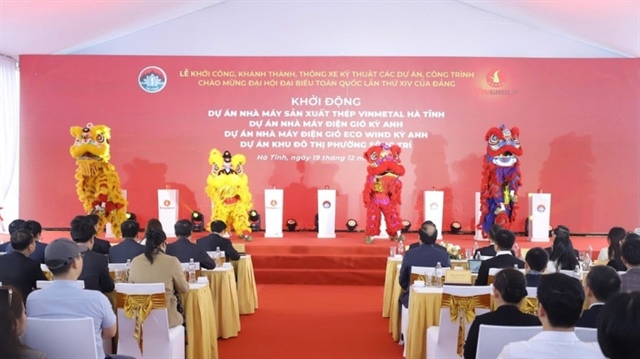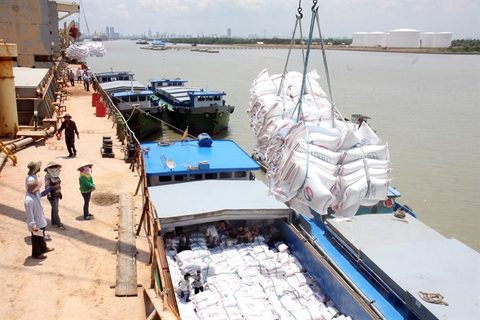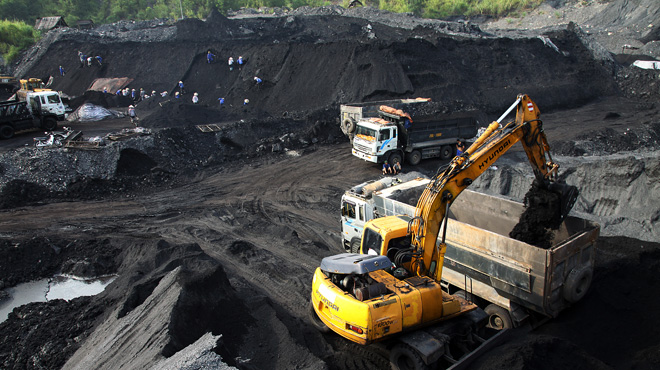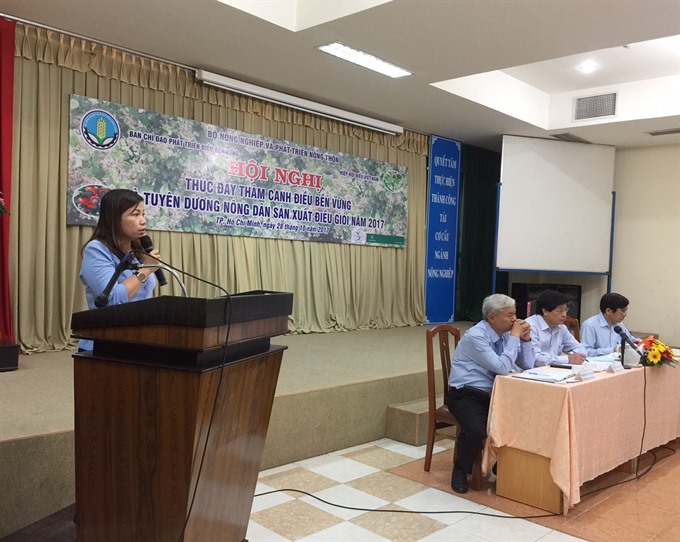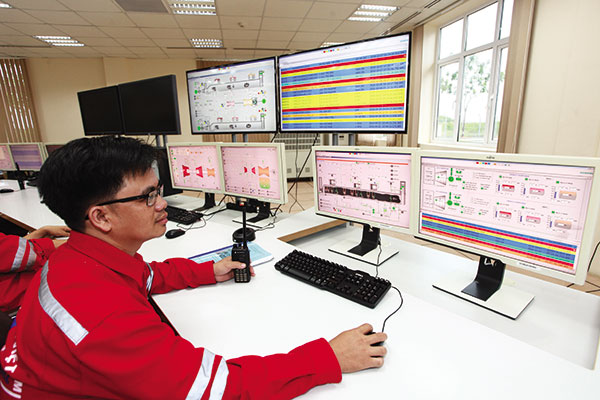As coal rises, waste remains an issue
As coal rises, waste remains an issue
The Ministry of Construction is set to release its mandatory requirements for coal ash disposal early next year, threatening to shut down coal-fired thermal power plants that cannot adequately treat, store, or reuse their coal ash and gypsum discharge.
Deputy Minister of Construction Bui Pham Khanh said that “It is an urgent task for relevant authorities to find measures to dispose of these huge volumes of coal slag as Vietnam develops its thermal power plant system to meet increasing energy demands. The country faces a new environmental risk arising from the waste generated by those plants.
The criteria and standards for coal ash are expected to be released early next year in the hopes of making use of the waste to produce building materials.”
The Vietnamese government previously launched a programme to use waste products from thermal power plants – coal combustion residuals (CCR) – to make building materials. The programme stipulated that at least 25 per cent of CCR from thermal power plants must be recycled by 2015. However, a survey by the Building Material Institute showed that the figure was only 18 per cent at the end of 2015.
Khanh said that there are now 21 operational coal-fired power plants across Vietnam. By 2018, these facilities will likely generate around 61 million tonnes of CCR per year if no effective treatment methods are put in place. This figure will rise to 109 million tonnes by 2020, and 422 million tonnes by 2030.
Under prime ministerial Decision No.452/QD-TTg issued in April 2017 on treating and recycling CCR for use in the production of building materials, by 2020, thermal power plants will be allocated land to store CCR. The land area will be commensurate with the maximum capacity of two years worth of production based on the projects’ scale and capacity.
Haiphong Thermal Power Company has managed the difficult task of selling the majority of its CCR to companies producing cement and non-fired bricks. This is why its dumping ground, with a nine-million-tonne capacity, is never overloaded, said Nguyen Thuong Quang, the company’s director.
“Using CCR as an input material helps to produce good quality cement and increases profits. In fact, people have used this waste to produce cement and non-fired bricks for a long time,” Quang said.
He added that although the selling price of the waste is not high, using it for other purposes can solve the problem of overflowing landfills.
Most thermal power plants, however, have yet to find buyers for their CCR, even when it is offered for free.
Nguyen Tien Thanh, director of Mong Duong Thermal Power Company – which operates the 1,000-megawatt Mong Duong thermal power plant – claimed that his project may be shut down if it cannot find an appropriate way to deal with excess CCR.
“This is not rare, as many thermal power plants, especially those based in southern provinces, are in the same boat. This is because the consumption of CCR for the production of building materials remains modest,” Tran Viet Ngai, chairman of the Vietnam Energy Association, told VIR.
Nguyen Van Thanh from Vung Ang thermal power plant in the central province of Ha Tinh proposed to the government a mechanism to allow cement firms to buy CCR from power plants to reduce the amount of waste.
“If the problem persists, we may have to close the plant,” Thanh said.
Many existing legal documents on waste management are either not applicable or too loose to promote CCR recycling. Additionally, technical standards have not been set for the handling and reuse of CCR in the construction sector, according to state-run Electricity of Vietnam.




